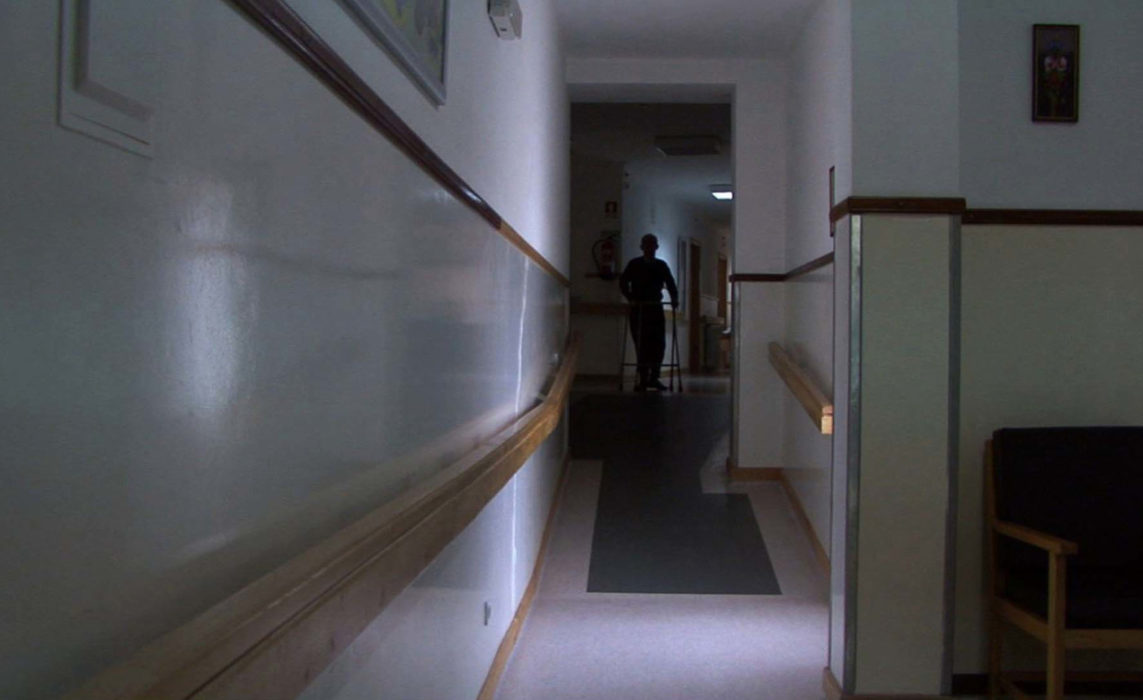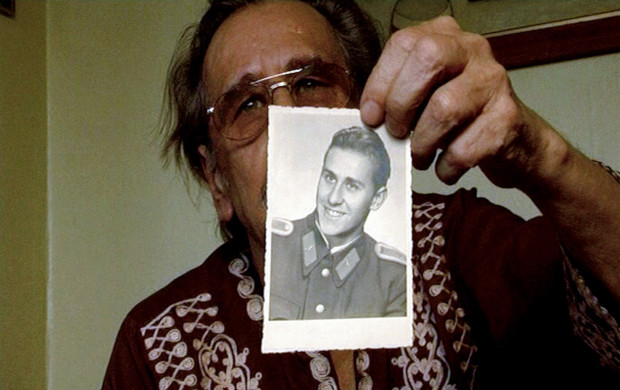O Lar
In a village in northern Portugal, a retirement home, the Santa Catarina Residence. Most of the residents were farmers. There is also a priest, a poet, a lady shopkeeper… They are followed by doctors and psychologists. Some do gym with the physiotherapists. Sometimes, the clinic organizes outings. And then, the church mass comes round, again and again. Yet, the film’s intention is not to show how the institution functions. This choice is so firmly present that the staff, filmed from behind or from a distance, are practically faceless. The short scenes of life in the home are pauses or breathing points in relation to the essential: the relationships between the patients. The old people in the Santa Catarina home are not filmed as powerless and fragile, but as people in their own right, who, at the final stage of their life, are thinking not only about their existence, but also about the concept of existence, the meaning of life–and of course about death. What could have been no more than the simple description of a human state becomes an actual play with savoury dialogues and dense monologues, where some flirt with or speak ill of their partner, while others meditate, like in Bergman or De Oliveira, on love, solitude, absence, God and literary creation. This theatrical dimension is further accentuated by a precise and watchful framing: these characters are always talking to someone.
Antonio Borges Correia
Antonio Borges Correia
Antonio Borges Correia
Vitor Ribeiro
Antonio Borges Correia





